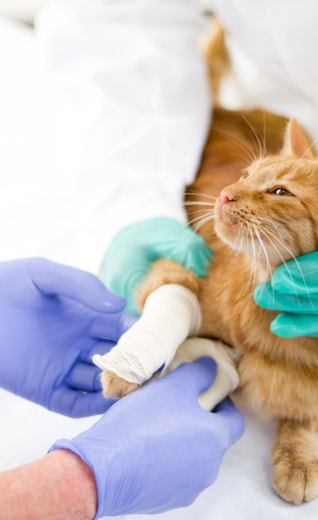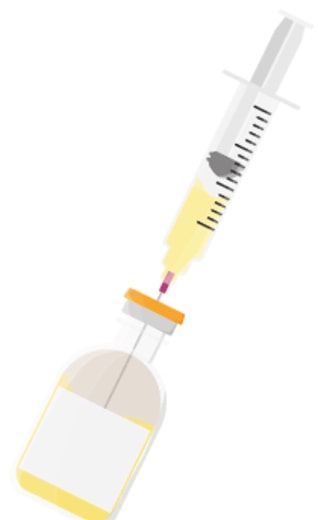
Tick Fever
Published August 16, 2023
Diagnosis
The vet may recommend a blood test. Presence of low red blood cells and/or platelets and a combination of the clinical signs may lead the vet to recommend a tick fever test to be run at the external lab.
Signs include:
- pale gums
- orange/brown urine or faeces
- poor appetite
- lethargy
- fever
Canine tick fever cannot be passed to humans but ticks can carry other diseases that can affect humans.
What is tick fever?
Tick fever is caused by a tiny parasite (either Babesia or Ehrlichia) which is spread from dog to dog by ticks. When an infected tick bites it injects the parasite into the blood stream. The dog's immune system then recognizes there is something wrong and will start to destroy blood cells leading to low red blood cell and platelet counts. This causes lethargy, reduced appetite, fever and orange coloured urine & faeces (due to the breakdown of blood cells).

Treatment
There are a few treatment options available. The vet will discuss these with you to help you decide which is best for you and your dog.
Monitoring response to treatment is essential.
Tick fever can be fatal if left untreated. Recurrence and relapse is also possible despite treatment. In severe cases, a blood transfusion and hospitalization may be recommended.
Additional tips to help recovery include:
- allowing your pet to rest and only taking very short walks to the toilet and back
- avoiding injury as the ability to stop bleeding may be affected
- consider iron supplementation either via multivitamins or feeding cooked red meat.
Prevention
Tick prevention is really important to avoid tick fever. There are several methods available and your vet will discuss these with you.
Generally, prevention comprises of a Seresto collar to repel the tick from coming near your dog and secondly, a product to kill the tick once it bites such as Bravecto chewable 3-monthly tablets or Frontline monthly spot-on.
This is recommended for all dogs going outside even if it’s only infrequently. No preventative measure is 100% and so owners should monitor their dogs regularly for ticks and also for signs of the disease.
Related Blogs




